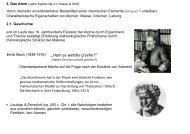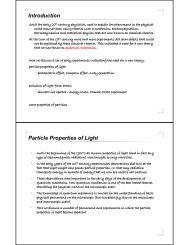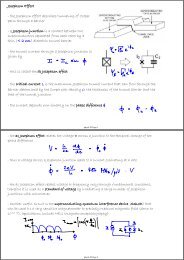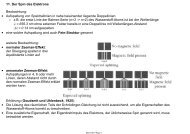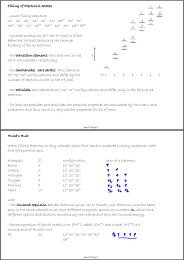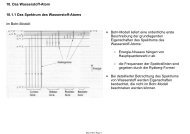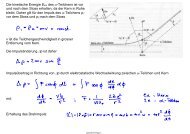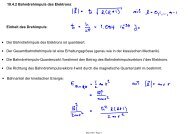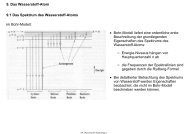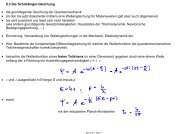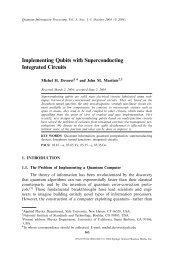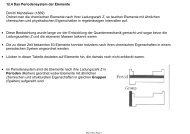Tunnel Diode - Quantum Device Lab
Tunnel Diode - Quantum Device Lab
Tunnel Diode - Quantum Device Lab
You also want an ePaper? Increase the reach of your titles
YUMPU automatically turns print PDFs into web optimized ePapers that Google loves.
Field Effect Transistor (FET)<br />
- an FET consists of a n-type channel<br />
connecting source and drain and contacted by<br />
a p-type gate; it is widely used as an<br />
alternative to npn junction transistors<br />
- electrons move from source to drain along an n-type channel<br />
- the pn junction is reverse biased to create a depletion region at the interface, the carrier<br />
density and the source-drain current depend sensitively on the magnitude of the reverse bias<br />
- in reverse bias little current flows into the pn junction giving it a high input impedance<br />
Metal Oxide Semiconductor Field Effect Transistor (MOSFET)<br />
- semiconductor gate replaced by a metal film separated from the channel by a thin oxide<br />
layer<br />
- MOSFETs have high input impedance (up to 10 15 Ω) due to capacitively coupled gate and<br />
are also compatible with high integration density<br />
phys4.19 Page 5<br />
Superconductivity<br />
- usual electrical conductors, even the very best ones, have finite resistance determined by<br />
temperature and impurities in the material<br />
- at very low temperatures some metals, alloys and some special chemical compounds can<br />
transport current without resistance, an effect called superconductivity<br />
- Kammerlingh Onnes discovered that resistance of<br />
mercury (Hg) decreased like that of other metals down<br />
to T c ~ 4.15 K but then lost all of its resistance to<br />
immeasurable levels below that critical temperature T c<br />
- the resistivity is actually zero as tested in persistent<br />
current measurements<br />
- usual critical temperatures for metallic<br />
superconductors are in the range 0.1 - 10 K<br />
- it is interesting to note that good usual conductors<br />
such as copper (Cu) and silver (Ag) do not become<br />
superconducting<br />
phys4.19 Page 6



